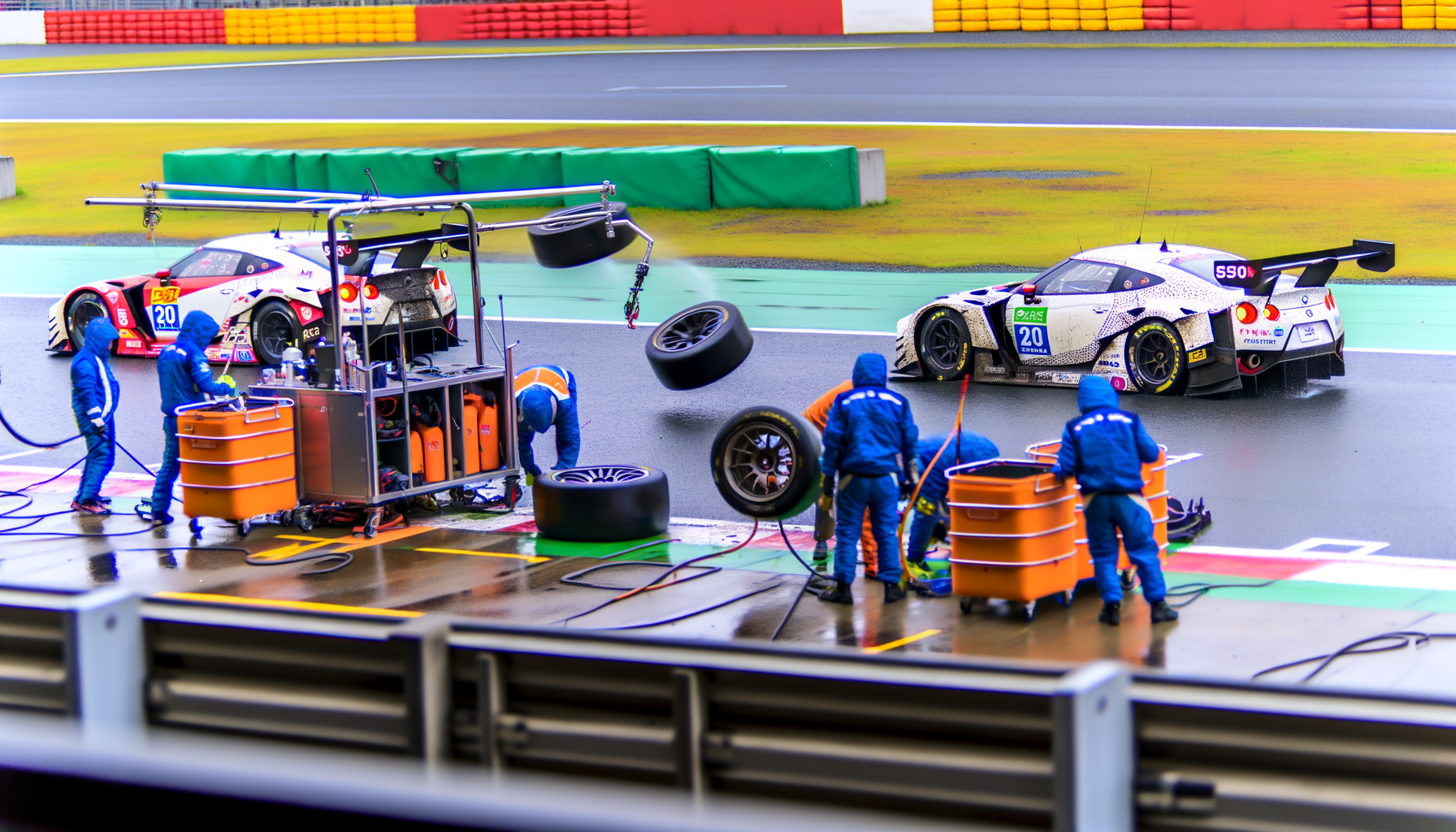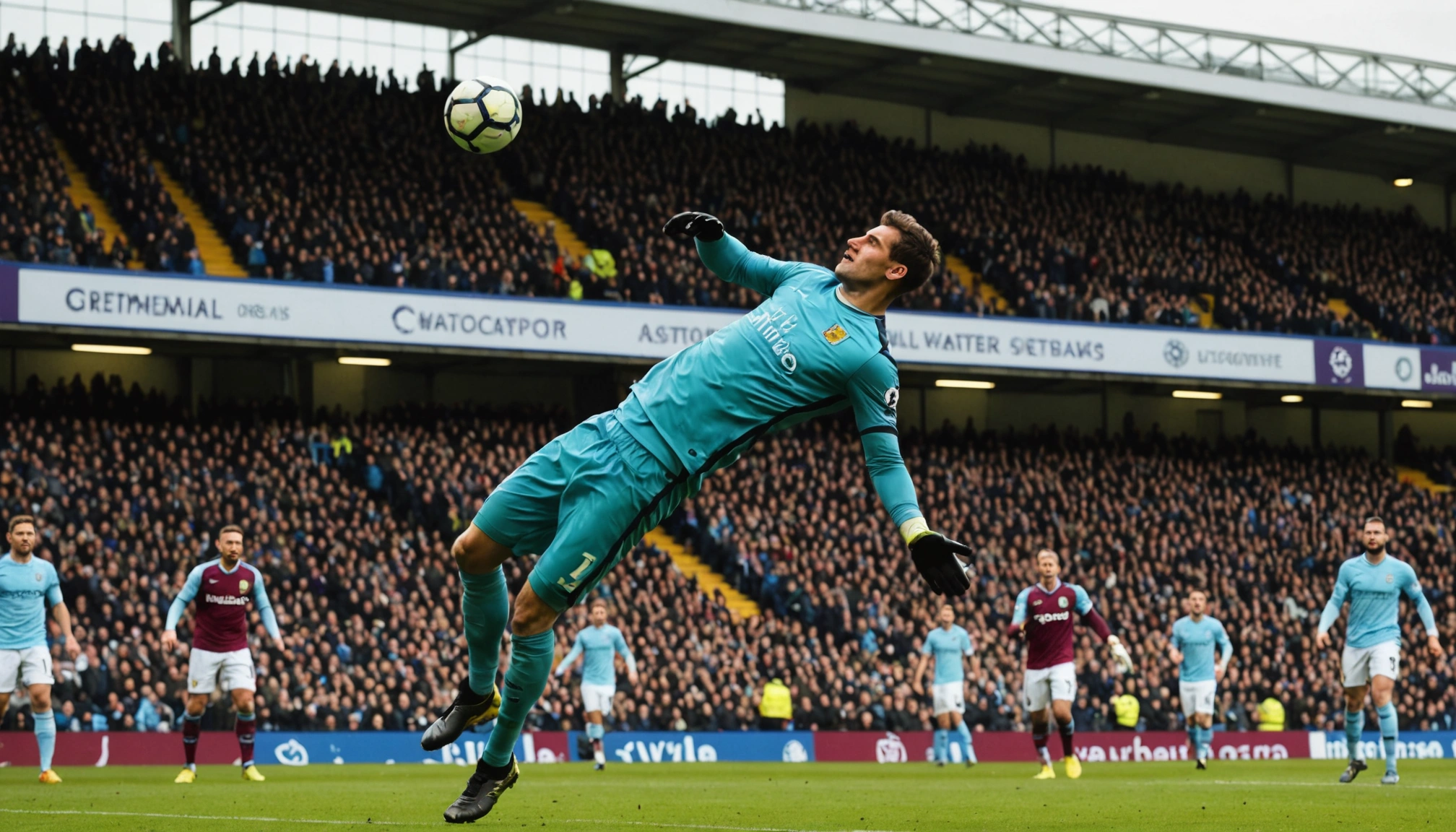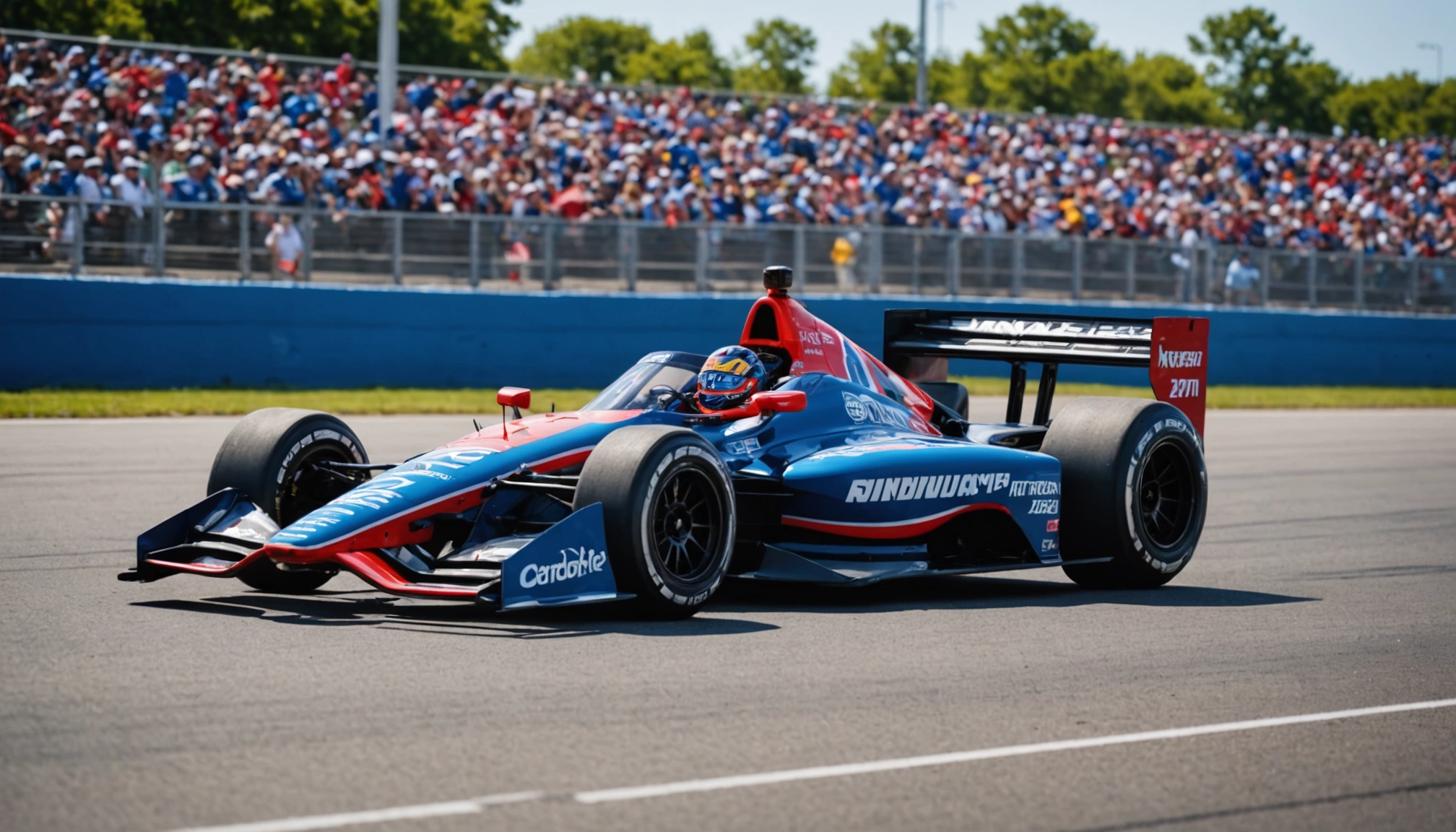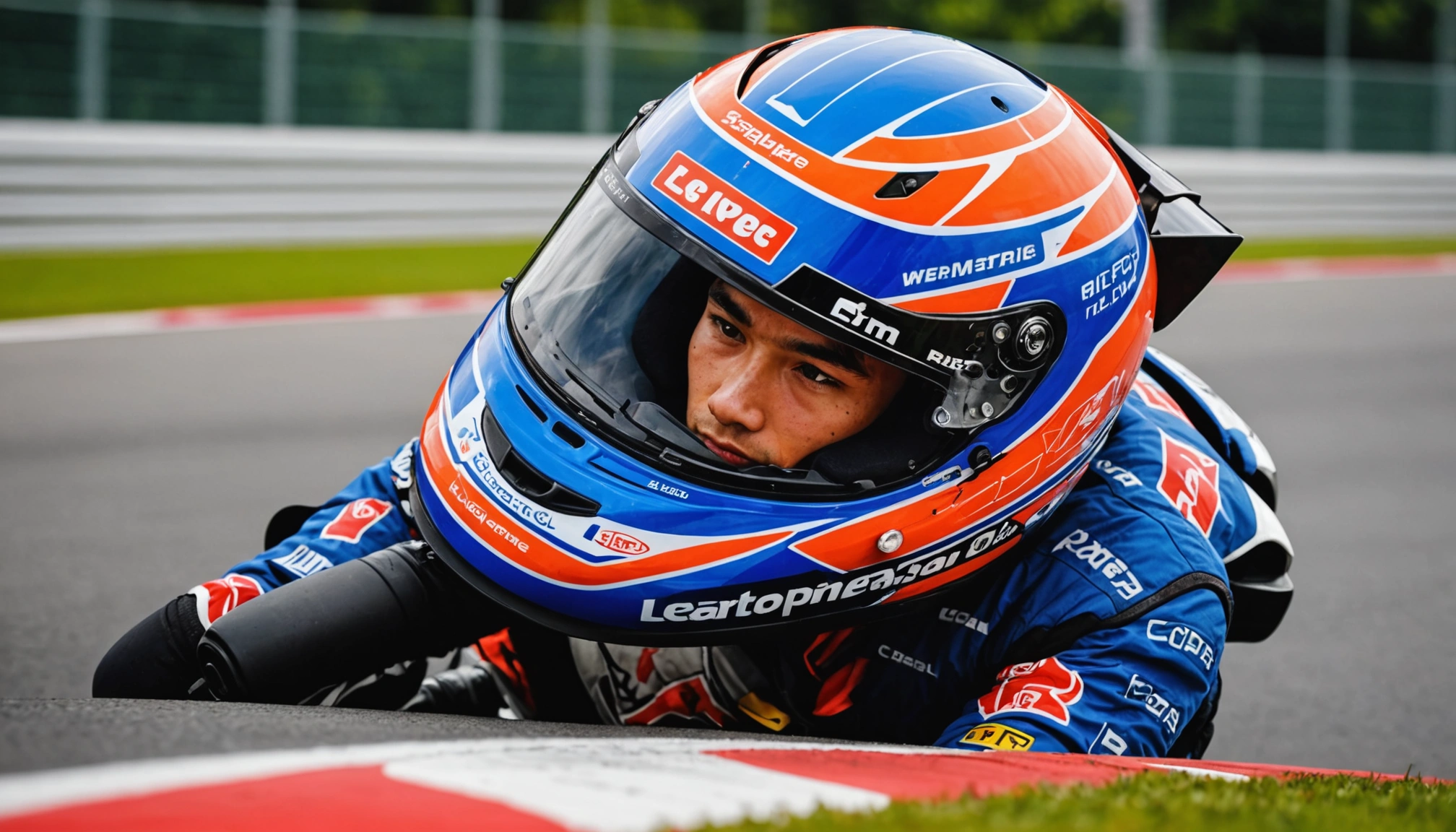Super GT's Iconic Tyre War Set To End After 2026 Season
Super GT's intense tyre competition to conclude after 2026, marking a new era for the championship's future and technical regulations.

By Editorial
Introduction To Super GT's Tyre War
Super GT, Japan's premier sports car racing series, has long been celebrated for its fierce competition not only between drivers and manufacturers but also between tyre suppliers. This intense rivalry, known as the 'tyre war', has been a defining feature of the championship for over two decades. However, recent announcements confirm that this historic competition will come to an end after the 2026 season, ushering in a new technical era for the series.
What Has Made The Tyre War So Unique?
The tyre war in Super GT has been a battleground where two major tyre manufacturers, Bridgestone and Yokohama, have relentlessly pushed the boundaries of tyre technology. This competition has led to rapid advancements in tyre performance, directly impacting race strategies and car setups. Teams often chose their tyre supplier based on track conditions, weather, and expected race pace, adding an additional layer of strategic complexity.
For example, during the 2018 season, Bridgestone's superior wet-weather tyres gave their teams a clear advantage at Sugo, while Yokohama's dry-weather compounds excelled at Fuji Speedway. Such variations kept fans and teams guessing, enhancing the spectacle.
Reasons Behind The Decision To End The Tyre War
The decision to conclude the tyre war after 2026 stems from several factors. Firstly, the increasing costs associated with developing cutting-edge tyre technology have become a financial strain on manufacturers and teams alike. Secondly, the organisers aim to shift focus towards sustainability and cost-efficiency, aligning with global motorsport trends.
Additionally, the introduction of more standardised tyre regulations is expected to level the playing field, promoting closer racing and greater competition among drivers. This approach mirrors changes seen in other series such as Formula 1, which has also moved towards controlling tyre variables to reduce costs and enhance competition.
What Will Replace The Tyre War Post-2026?
From 2027 onwards, Super GT plans to adopt a single tyre supplier system. This change will streamline logistics and reduce expenses for teams, while still maintaining high safety and performance standards. The exact supplier and technical specifications are yet to be confirmed, but the move is anticipated to foster tighter racing by eliminating tyre performance disparities.
Such a system could also encourage teams to focus more on chassis development and driver skill, rather than relying on tyre advantages. This shift aligns with the championship’s goal of enhancing on-track battles, which is crucial to attracting and retaining fans in a competitive sports entertainment market.
Impact On Teams And Manufacturers
Major manufacturers like Honda, Nissan, and Toyota will need to adjust their strategies in response to the single tyre supplier era. Historically, these manufacturers have leveraged tyre partnerships to gain a competitive edge. The new regulations will encourage them to innovate in other areas such as aerodynamics and engine performance.
Teams will also benefit from reduced tyre costs and simpler logistics, potentially allowing smaller teams to be more competitive. This could lead to a more diverse and exciting grid, reminiscent of the unpredictable races seen in the early 2000s.
Case Study: Past Tyre Rivalries Influencing Championship Outcomes
Looking back, tyre performance has decisively influenced championship results. In 2011, the tyre war climaxed when Bridgestone-shod teams dominated most races, helping drivers like Kohei Hirate secure crucial victories. Conversely, in 2014, Yokohama's developments allowed their teams to challenge the status quo, keeping the championship open until the final rounds.
Fan Reaction And Future Prospects
The announcement has sparked mixed reactions among Super GT fans. Many appreciate the heritage and excitement the tyre war brought, while others welcome the promise of closer racing and sustainability. Motorsport enthusiasts familiar with other series' transitions understand that such changes often lead to new forms of excitement.
For fans interested in broader motorsport trends, articles like NFL 2025 season predictions showcase how sports continually evolve to enhance competition and engagement.
Conclusion: A New Chapter For Super GT
As Super GT prepares to end its tyre war after the 2026 season, the championship stands at a crossroads. This change promises to reduce costs, improve sustainability, and perhaps most importantly, bring fans closer to the action through more balanced racing. While the era of tyre rivalries will be missed by many purists, the future holds exciting possibilities for teams, manufacturers, and supporters alike.
To keep updated on other sporting developments and insightful analyses, readers can explore pieces such as Jacob Bethell reflects on his England summer and future ambitions, which highlights the evolving narratives in sports today.
Related topics
Editorial
Sports expert at SportsScoop
Specialist in sports analysis and journalism
Related articles
Want to read more?
Explore our comprehensive collection of sports articles and analysis, or contact us for more information.



